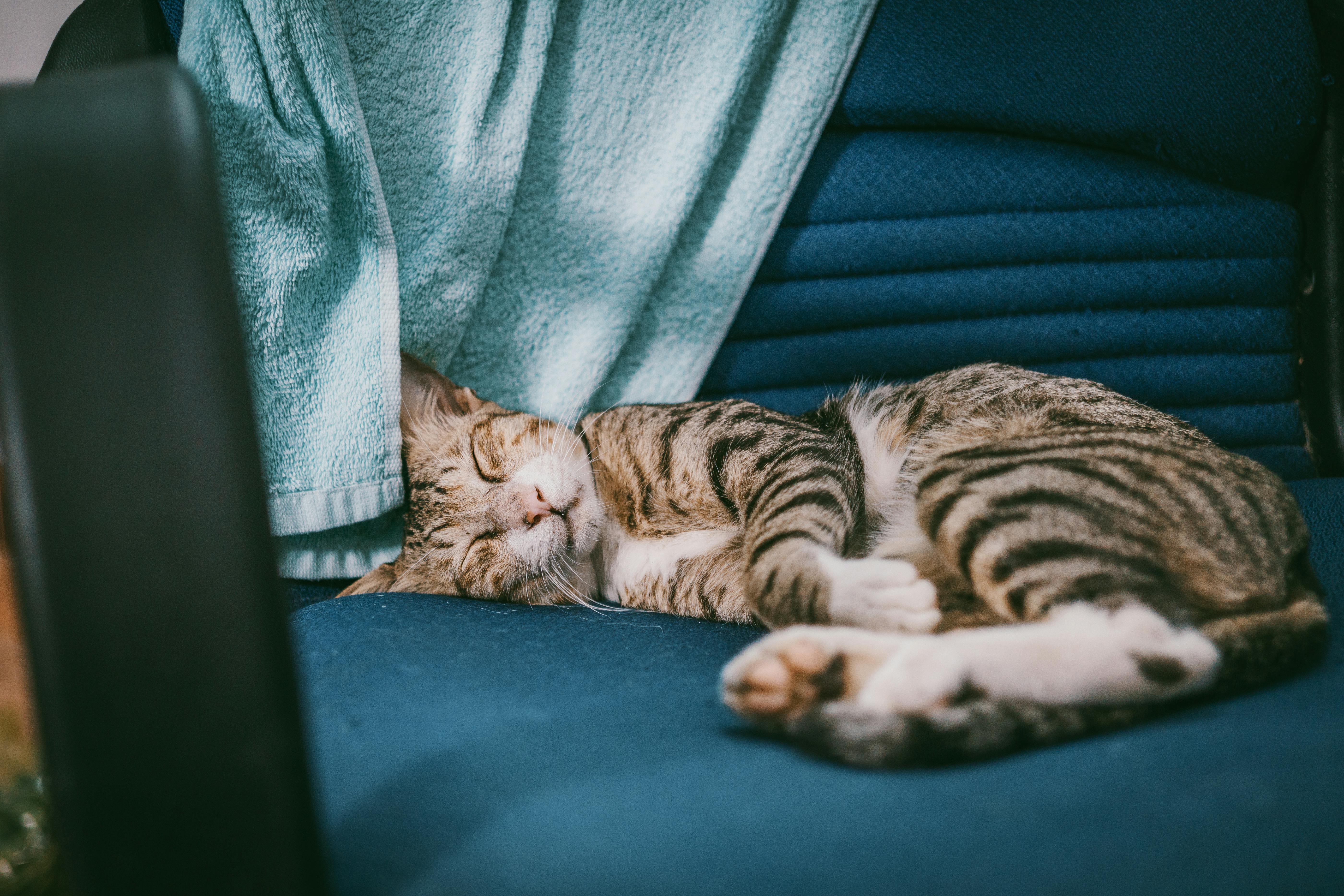When we think of war dogs, some people may remember the Devil Dogs feared by the Germans in World War I. But those worthy Marines are nothing without man’s proudest and best friend. Nowadays, many dogs have it easier. Play fetch, get your belly rubbed, guide a blind person down a busy street, or comfort a patient in a hospital. Then there are the dogs that stand by those brave men and women who work tirelessly in service to our communities: bomb and drug detection dogs, rescue dogs, etc. However, what about war dogs? Modern animal rights activists may take up arms over cruelty to animals, but in ages past, man’s best friend could go from unflinching shepherd and guardian of hearth and hearth to barrel-chested canine berserker. And this was not seen as harsh or harmful. It was simply a way of life for people of ages past, just like we use dogs in certain situations today (law enforcement, search and rescue, military, etc.).
The ancient Greeks bred a dog named Molossus. Now extinct, the Molossus was the ancestor of today’s Mastiff-type breeds or those with a link to the Mastiff, including the Bernese Mountain Dog, Great Dane, Newfoundland, Rottweiler, Saint Bernard, Greater Swiss Mountain Dog, and Great Pyrenees. The Molossus was noted in ancient texts as a fierce and loyal guardian and fighter. The Romans, the Huns, then European royalty during the Middle Ages, the Spanish Conquistadors during their conquest of Central America all used dogs of various spells, all in the name of violence.
Imagine yourself as part of an old infantry unit. You know your enemy has huge, well-armored dogs as fighters and agents of demoralization. How would you feel to see a razor-sharp four-legged killing machine approaching you? But as mentioned above, the war dogs of old weren’t tools like so many swords, shields, or pieces of armor. They were also friends and colleagues.
Obviously, in today’s modern armed forces, or even those of the last hundred years, the idea of dogs of war as armored furry tanks with iron teeth and jaws instead of guns might seem ridiculous. And in that sense, yes they are obsolete. But innovation and the need to find a way to fill a niche. Some dogs were used as draft animals, pulling carts or heavy weapons (such as the Belgian Maxim guns in the late 19th and early 20th centuries). Dogs can also be used as messengers, carrying messages in the field between two separate handlers.
On the moral side of things, some troops may adopt a dog, either a service dog or just a particular breed, as a group pet. This was particularly the case during the First World War. In World War II, some dogs were even enlisted and given all the rights and privileges of military personnel, and with good reason! Two notable canine Marines were Sinbad and Judy. Sinbad served aboard the George W. Campbell, a Coast Guard cutter, and was, until the early 21st century, the only member of the Coast Guard to have a biography written on him. As for Judy, she served in the Royal Navy during World War II, aboard two separate gunboats, one of which was sunk by the Japanese. In addition to helping save the crew from drowning, this tough girl survived alone in the jungles of Sumatra. And this was after she had already been taken as a prisoner of war and was sentenced to be executed. She but she got rid of her and spent the rest of her days with one of her fellow officers.
All this to say: war can be terrible and brutal, but war dogs are an inextricable part of it, and are recognized as some of the greatest heroes of both man and beast. Most people tend to focus on human champions, but we must never forget our canine companions and the sacrifices they make for us in the name of freedom or whatever cause drives us forward.
